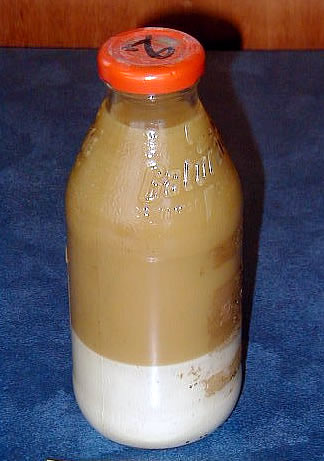Oil and water separation is a process that removes oil and other immiscible hydrocarbons from water. This is a vital process across many sectors. For example, it’s crucial for environmental protection and wastewater treatment. Furthermore, industries like oil and gas production and food processing also depend on this technology.
The fundamental principle behind this separation is the difference in density between oil and water. Specifically, oil is less dense than water. As a result, the oil naturally rises to the surface, which allows the two to be separated.
Key Methods of Oil Water Separation
Several techniques separate oil from water, each leveraging different physical and chemical properties. The most common methods include:
- Gravity Separation: This is the simplest method, relying on the natural tendency of oil to float on water. For this technique, the following equipment is used:
- Skimmer Tanks
- Oil Skimmers
- API Separators
- Scum Pipes
- Coalescing: This technique encourages small oil droplets to merge into larger, more easily separated drops. It achieves this by passing the mixture through a series of baffles or a special filter media that attracts oil. In this category you can find:
- Corrugated Plate Separators
- Coalescing Plates Packs
- Coalescing Media
- Centrifugal Separation: This method uses centrifugal force to accelerate the separation process.
- A centrifuge spins the mixture at high speeds, forcing the denser water to the outside while the lighter oil collects in the center for removal.
- Hydrocyclones
- Filtration: Specialized filters with materials that have a high affinity for oil (oleophilic) and a low affinity for water (hydrophobic) capture oil droplets while allowing water to pass through.
- Air Enhanced Floatation: In this process, tiny air bubbles are introduced into the water. These bubbles attach to the oil droplets, increasing their buoyancy and causing them to rise to the surface more quickly, where they can be skimmed off.
- Induced Air Floatation IAF or Induced Gas Floatation IGF
- Cavitation Air Floatation CAF
- Disolved Air Floatation
- Chemical Treatment: Sometimes the oil-water separation will require the use of chemicals for breaking emulsions, followed by one of the methods above.

Critical Applications Across Industries
Oil and water separation is a critical process with a wide array of applications:
- Oil and Gas Industry: During oil extraction, oil wells often produce large volumes of water alongside the oil. Operators must separate the fluids to purify and recover the crude oil and treat the produced water before they can safely discharge or reuse it.
- Wastewater Treatment: Industrial facilities, car washes, and restaurants generate wastewater containing oils, greases, and fats. The facility must treat this water to remove these contaminants before releasing it into the sewer system or the environment.
- Environmental Cleanup: Oil spills, unfortunately, happen in oceans, rivers, and on land. In these emergencies, response crews must act quickly. They deploy various separation techniques to clean up the spill. The main goal is to remove the oil and, ultimately, mitigate the environmental damage.
- Food Processing: In food production, processes like rendering and the processing of dairy products require the separation of fats and oils from water-based liquids.
- Shipping and Marine Operations: Maritime regulations require ships’ crews to treat bilge water—a mixture of water, oil, and other fluids that collects in the lower part of a vessel—to remove oil before they can discharge it at sea.

